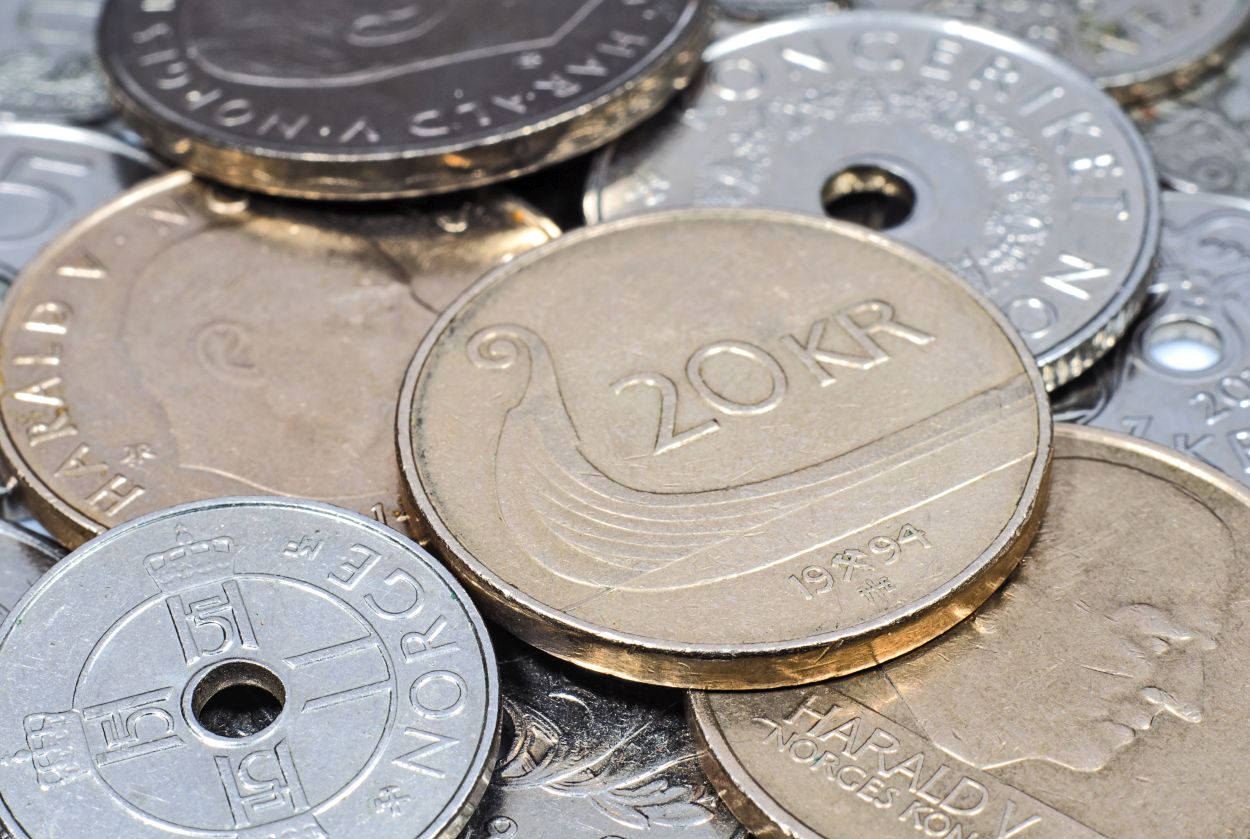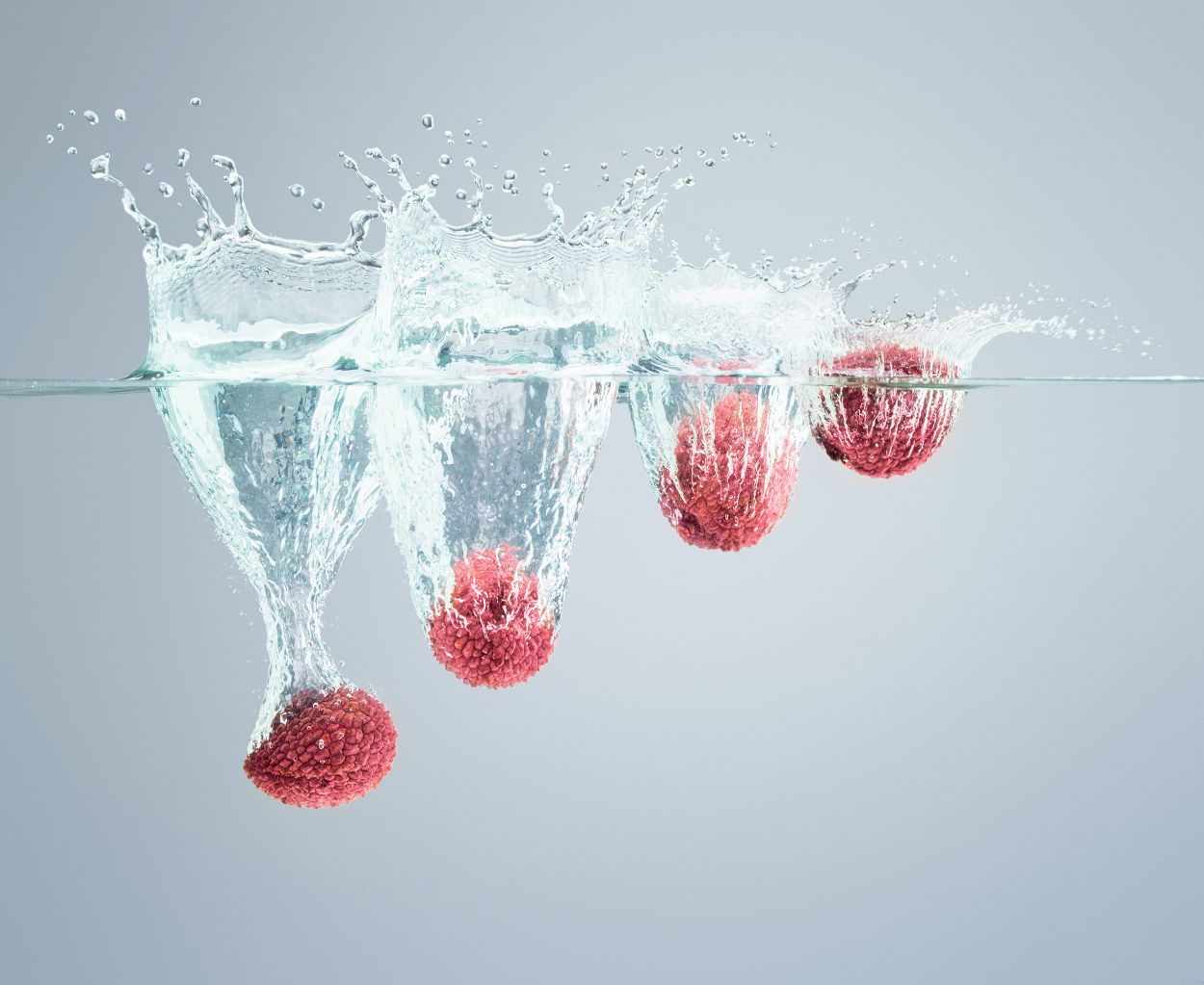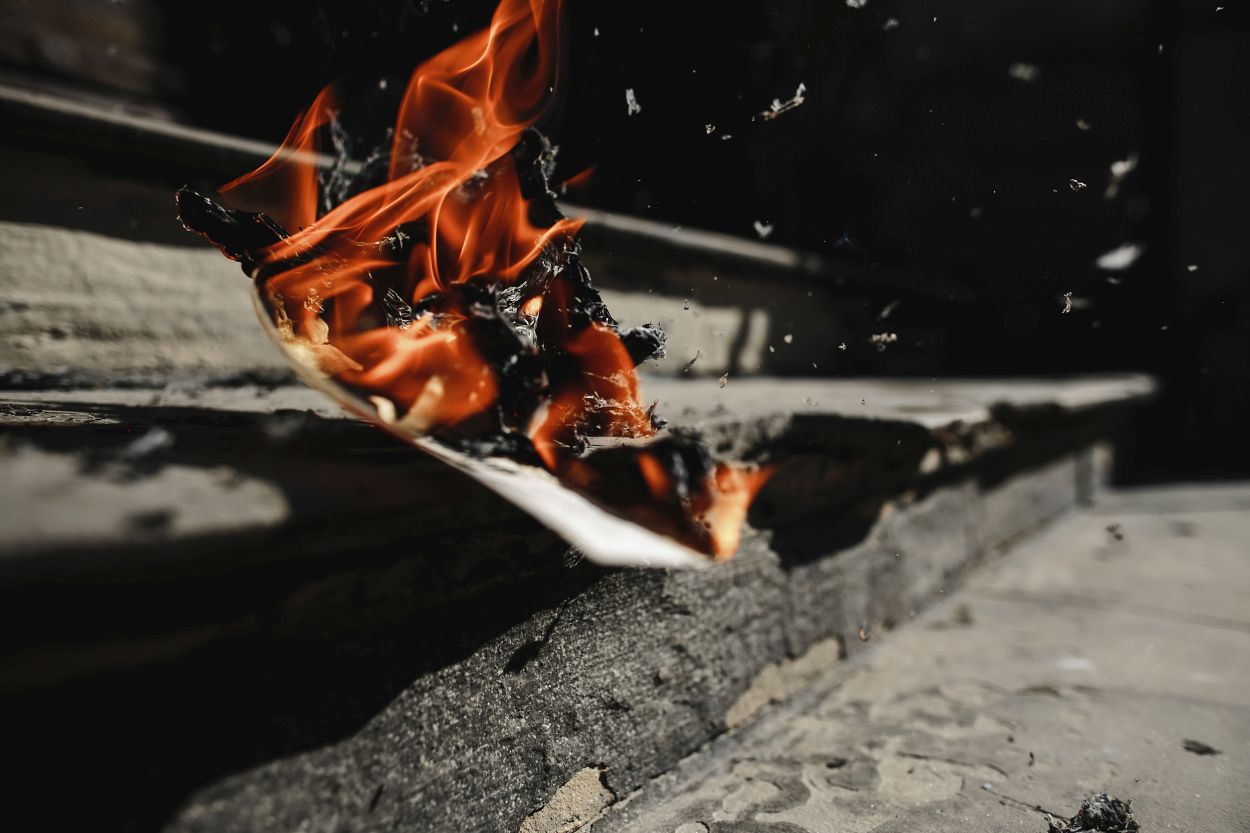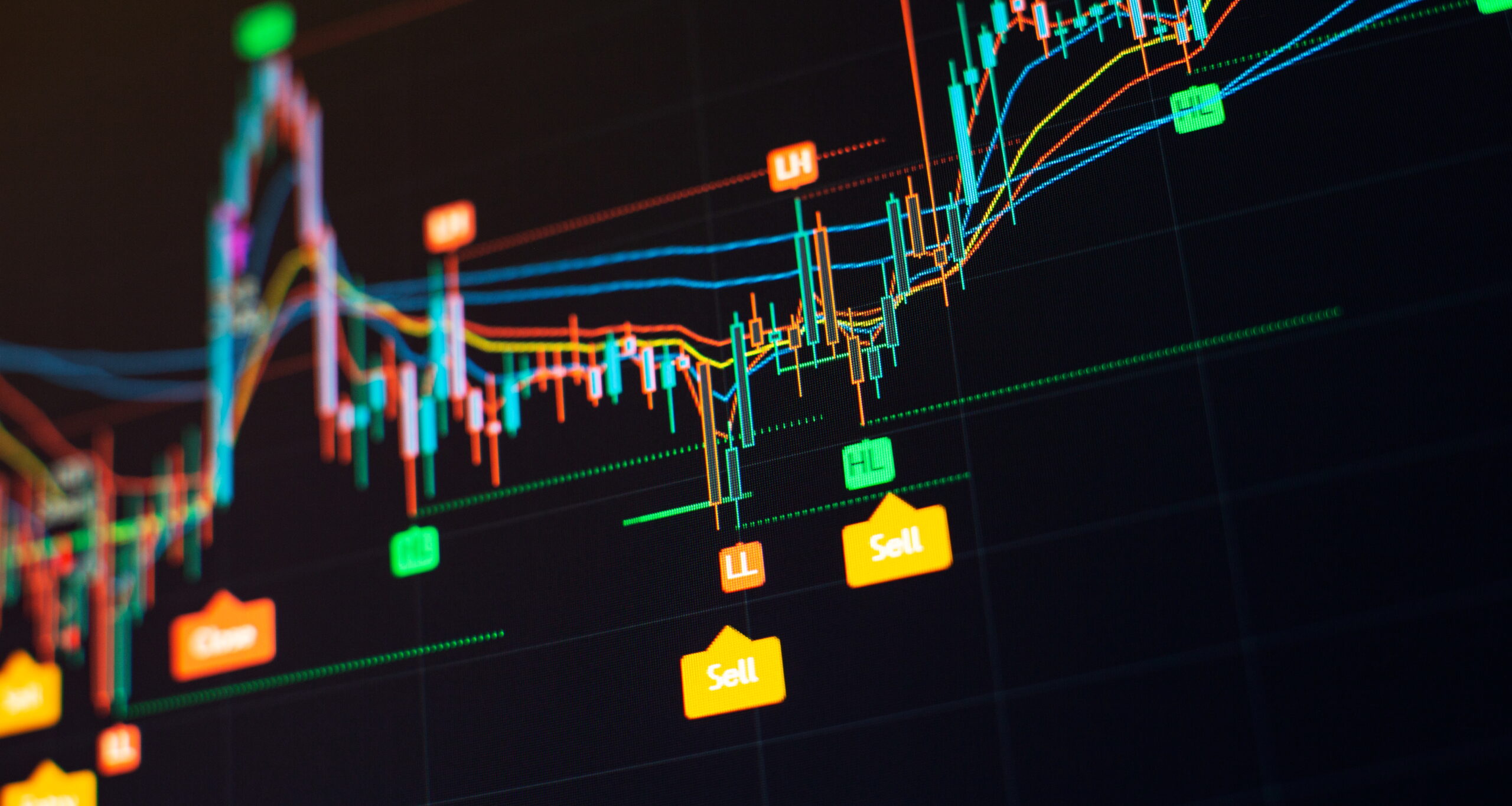By the end of the year, the Croatian Mint will need to mint 420 million units of national coins in denominations of 2 and 1 euros, as well as 50, 20, 10, 5, 2 and 1 euro cents, the Governor of the National Bank announced on Monday at the start of minting Croatian Boris Vujicic.
“A huge amount of coins are produced here, good organization is needed for this. I am sure that everything will be done as expected,” Serbian radio station B92 quoted Vuychich as saying.
According to him, the mint will work in three shifts in order to mint 420 million units of Croatian euros and eurocents with a total weight of 3.7 thousand tons by the end of the year. 70 employees of the mint will be involved in minting.
Vuychich also said that another major task will be the withdrawal from circulation of 500 million units of the current Croatian coins – kuna and small change – lip.
Members of the European Parliament in early July agreed to Croatia’s request to join the euro area from 1 January 2023. The European Commission had decided a month earlier that Croatia met the criteria needed to switch to a common European currency from January 1, 2023.
Earlier this year, the National Bank of Croatia introduced a set of euro coins and euro cents. The design of the national side of the coins reflected previously agreed motifs – for the two euro coin – this is a map of Croatia, for the one euro coin – the image of a marten (the national currency of Croatia is now called the kuna), for coins of 50, 20 and 10 euro cents – a portrait of the famous scientist Nikola Tesla, and for coins of five, two and one euro cent – a collage of the letters of the Glagolitic alphabet.
At the same time, the background of all coins is the image of the shakhovnitsa – the coat of arms of Croatia.
Euro coins and euro cents have one side common to all eurozone countries, on which denominations are indicated, the authorities of each country issuing this currency are responsible for the design of the other side.
Design Issues
Meanwhile, the design of Croatian coins has previously raised a number of questions. Thus, the original design of the national side of the one euro coin had to be abandoned, since the marten depicted on it on a tree branch was considered a plagiarism of a famous photograph by British photographer Ian Leach.
In addition, the Serbian authorities protested after Croatia announced that a portrait of the famous scientist Nikola Tesla would be placed on the coins of 10, 20 and 50 euro cents. In Serbia, this was called „the appropriation of the cultural and scientific heritage of the Serbian people.” Tesla was born in 1856 to a Serbian family in the village of Smilyan, near the town of Gospic, which was then on the territory of the Austrian Empire. Now this area belongs to Croatia. Tesla’s portraits are also placed on coins and banknotes of Serbian dinars.




